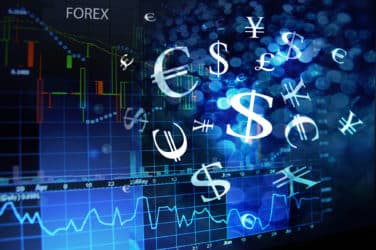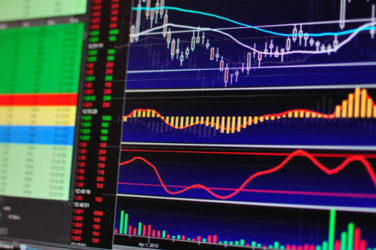
Human traders are relying on computers to search news feeds and social media for investment themes and for triggering actual trades, as well as executing trades that are initiated by humans. Algorithmic trading has become sine qua non for institutional traders who need to work orders over as many as 50 different trading venues.
But computers lack one essential ingredient: intuition. They can be programmed to detect certain events and patterns, but their ability to reprogram themselves and self-learn is still in the very early stages of development.
Trillium Trading is an old school 90s-style manual day trading firm, Michael Friedman, Trillium’s chief compliance officer, told Markets Media.
“They’re competing against computers that are trading in similar strategies a thousand or a million times faster than they are and yet they’re still profitable,” he said. “That’s because they have an ability to make adjustments quicker than computers can and recognize connections that it’s hard to create to program of an algorithm to make. We are able to do our homework and take advantage of events in ways that it’s very hard to program a computer to do.”
One of Trillium’s most profitable trades occurred last year after a proposed merger between two beer companies, Anheuser-Busch InBev and Grupo Modelo, was blocked by the U.S. Justice Department on antitrust grounds.
The news that the merger had been blocked instantly affected the price of the two stocks that were the subject of the merger. Computers made whatever profit there was to be made from that price movement because they got there first and had machine readable news feeds to instantly process that information ahead of everyone else.
“A human being, by the time he’s even seen the headline, is already too late to trade those two stocks,” Friedman said. “However, if you studied the deal you know there are 10 other stocks that are going to be affected by the deal going through or not going through. The computers aren’t programed to pick up on those 10 other stocks and make those sympathy trades in that initial instance. There are enough smart people out there who have done their homework that the price is going to move in those other stocks.”
Still, trading technology continues to evolve, and social media is being incorporated into predictive analytics for generating trading ideas.
eSignal, a unit of Interactive Data that provides real-time financial data and trading systems, has expanded its platform to include social media and streaming news apps.
Social media continues to offer unique insight into the world of online trading. The integration of streaming content from StockTwits, Market Prophit and TFNN into eSignal 12.0 will allow users to collaborate, share ideas and charts directly from eSignal into mainstream financial social media channels and related online communities, the company said in a release.
“Social media is the 21st century news feed for financial conversations,” said Igor Gonta, CEO and founder of Market Prophit.
“As the leading social network provider focused solely on finance, we see no better partner than eSignal to provide users with the social media tools needed for deeper and richer analysis,” said John Melloy, CEO of StockTwits.com. “For us, a good chart is worth 1,000 tweets and a million ideas shared in the community.”
Featured image via Sergey Niven/ Dollar Photo Club




